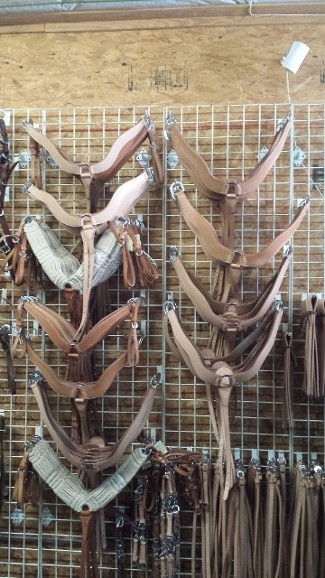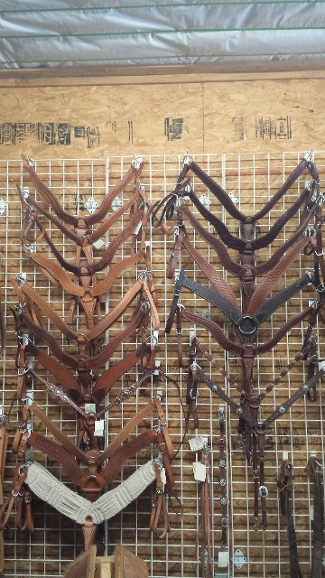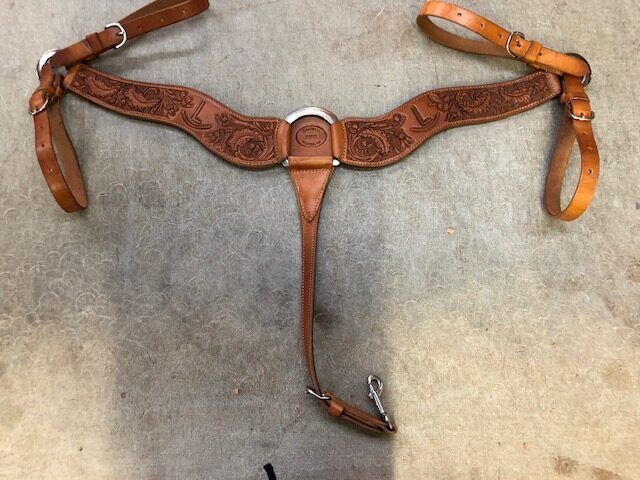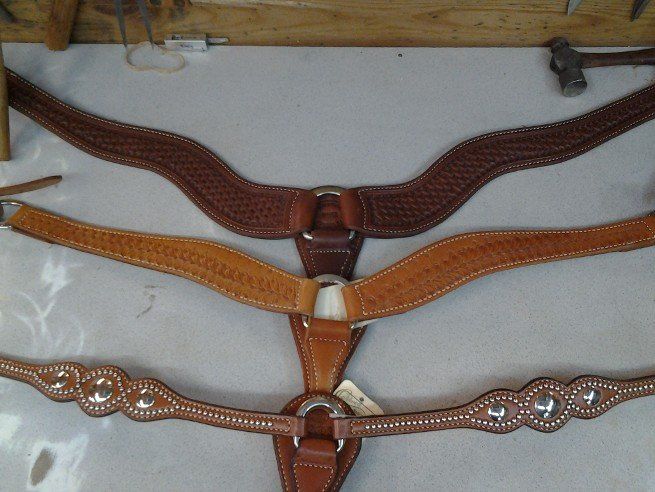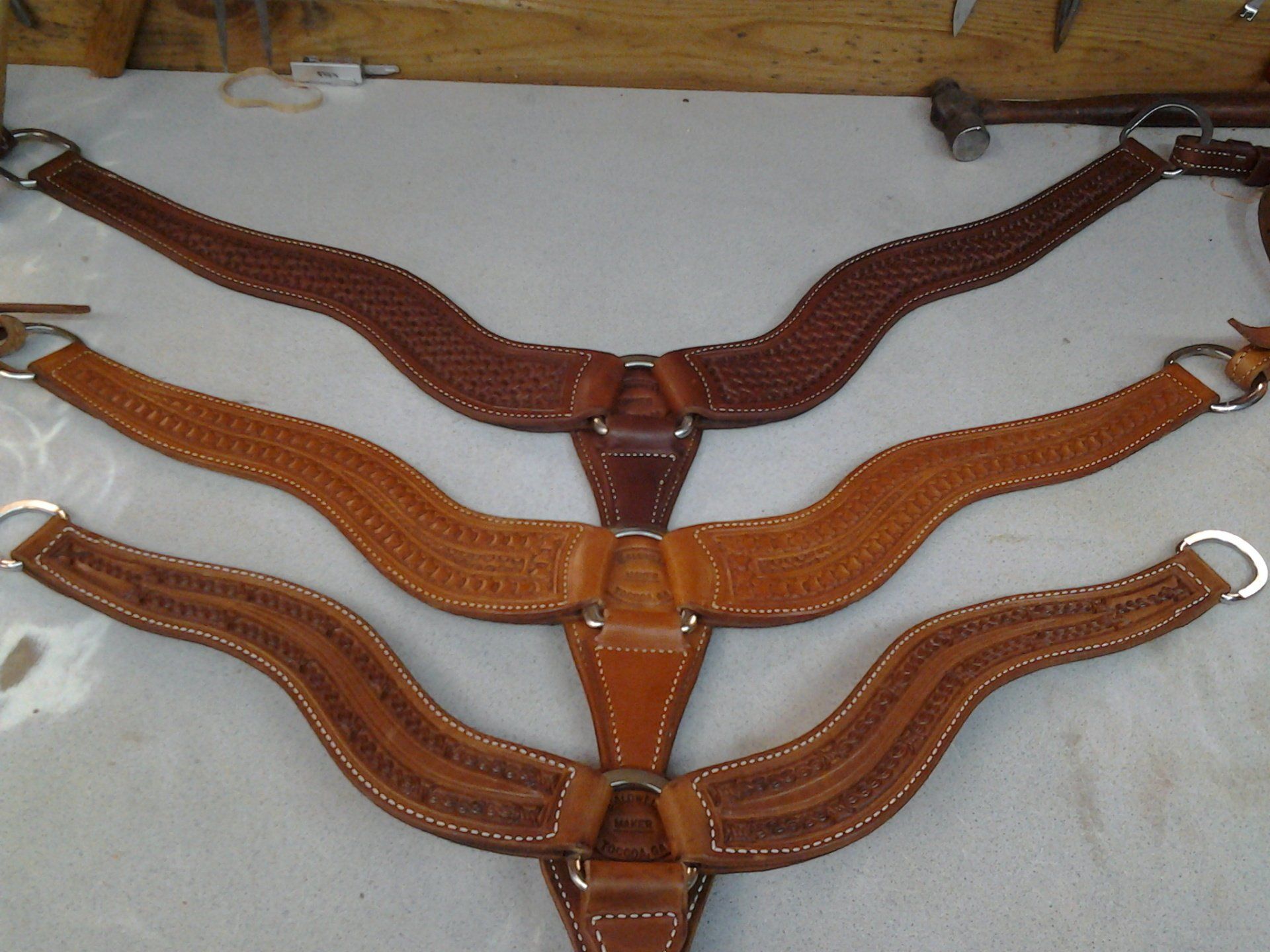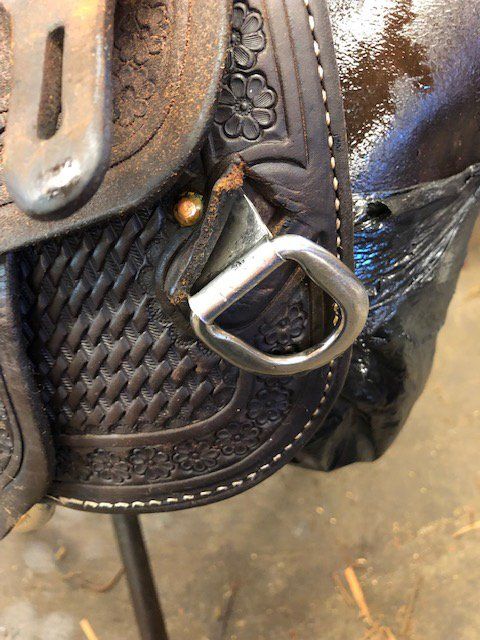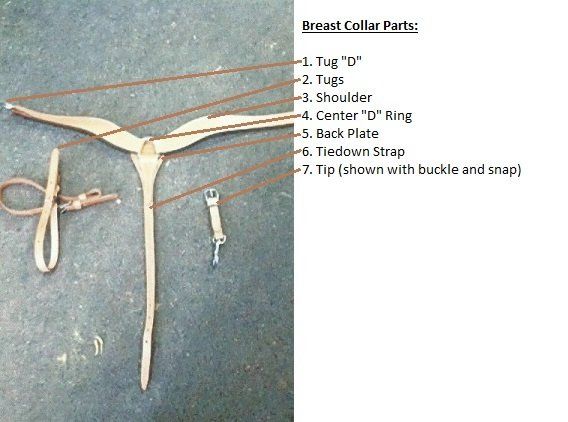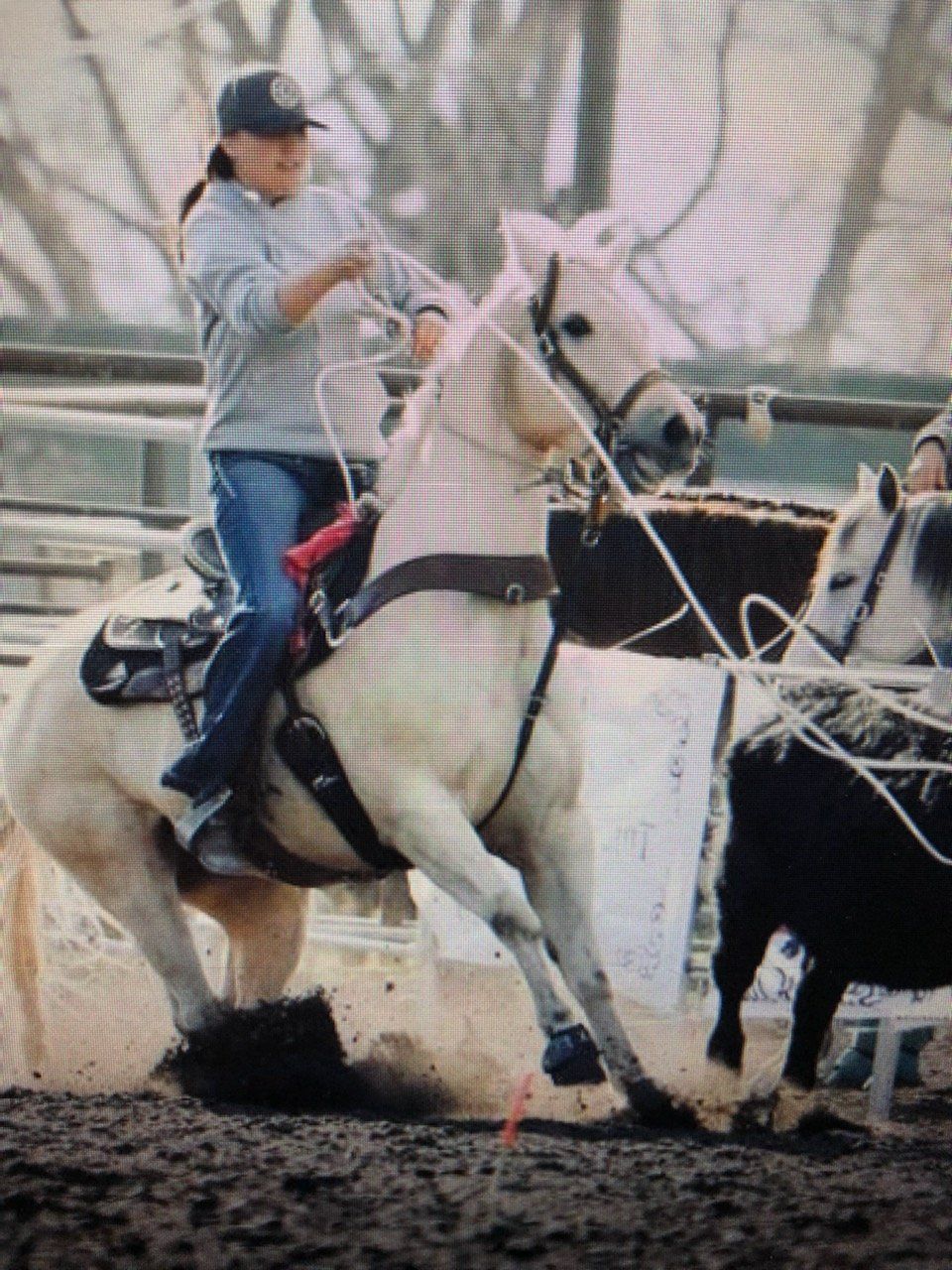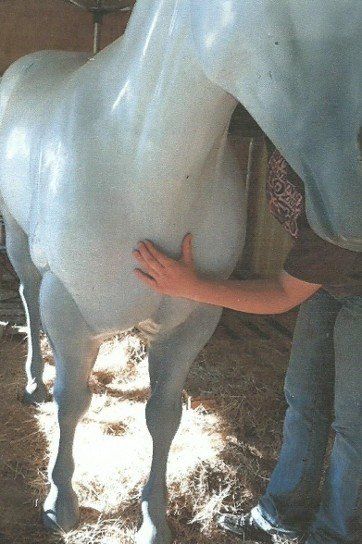Torn Breast Collar
If your saddle shows this kind of damage, it means your saddle is sliding behind the horse’s shoulders. Your saddle is too narrow or you have placed it too far back. When there is this kind of pressure you are not only ruining your saddle but choking your horse.

